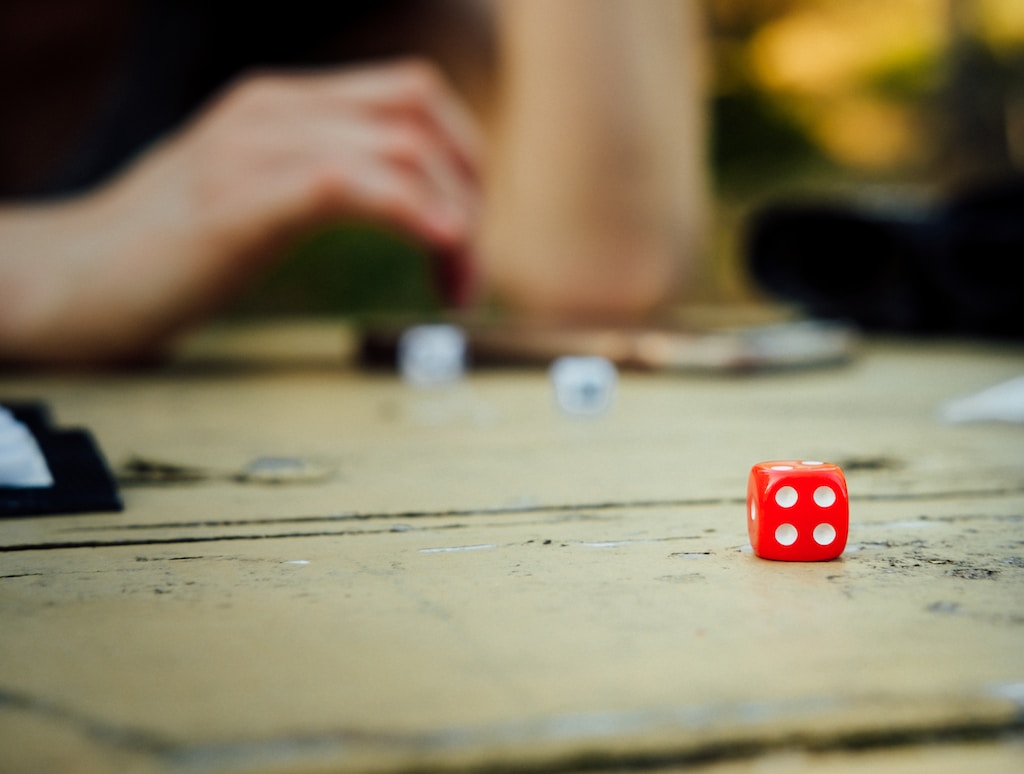Backgammon, a game that perfectly combines fortuity and technique, is one of humankind’s most ancient board games, with a heritage that can be traced from ancient Mesopotamia to Medieval Europe and now to the digital era. This article will unfold the layers of this game and describe how it has remained relevant over the years. Keep reading to learn more.
Backgammon in the Modern Era

Backgammon’s popularity soared in the 20th century. This was partially due to the development of computer algorithms committed to the game that allowed people to play against a machine. This development offered the potential to improve skills without needing a human opponent. During this period, the backgammon boom reached its apex, and the game started being commercialized on an unprecedented scale.
Enter the digital era. Online backgammon has gained increasing popularity, democratizing the game to an even greater extent. The possibility to play the game anytime, anywhere, with people from different parts of the world is fascinating. The rise of online backgammon reflects how the game has successfully transitioned into the digital era, adapting to technological advances and societal change.
In addition to online gameplay, international backgammon championships have also come into being, further cementing the game’s place in modern society. The accessibility to participate in tournaments has given opportunities to players worldwide, resulting in a steady upsurge of interest in the game.
The Evolution of Rules
As it’s played today, Backgammon started taking shape around the 18th century. Elizabethan laws, commonly known as the laws of tables, started to formalize the rules of backgammon. While earlier variations of the game had complicated and complex rules, these were simplified. Of particular note here is the introduction of the “doubling cube” in the 1920s, a six-sided dice different from the standard two, offering players the chance to double the stake, thus adding a new tactical layer to the game.
The advent of the doubling cube was a turning point in backgammon’s history as it elevated it from a game of chance, heavily reliant on dice rolls, to a skilled mind sport. The ability to identify situations where doubling would increase the chances of winning required sharp acuity and strategic thinking. This transformation of gameplay captivated attention across the globe, making backgammon a popular pastime for noblemen and commoners alike.
Over time, several strategic nuances were introduced, keeping the game consistently engaging. This included holding a blockade, making “points,” or creating a “prime,” a continuous six-point wall, preventing the opponent’s pieces from advancing. The strategic evolution of backgammon demonstrates the game’s adaptability and its infinite capacity for renewal.
The Continual Effect of the Game

Not just a recreational activity, backgammon’s influence can be seen in various dimensions of society. The game has found its place in literary works, movies, and works of art. It has influenced language and popular culture. Backgammon has also been integrated into educational systems to help students improve strategic thinking and probability.
Interestingly, beyond just a game, backgammon is used as a social tool to bridge gaps between people across the divide of cultures, religions, and socio-economic backgrounds. This exemplifies the game’s universal appeal and its potential to engage diverse social groups.
Backgammon’s comprehensive history shows how it has adapted and progressed. It’s a testament to its timeless appeal, interactive nature, and the perfect blend of chance and skill it offers. Though the physical form and rules might have evolved and modernized, the essence of backgammon has withstood the test of time.
Backgammon’s journey from a physical board game to a worldwide online phenomenon is a fascinating tale of evolution and survival. It’s more than just a game. It’s a cultural artifact, a window into the past, and an agent of social interaction.